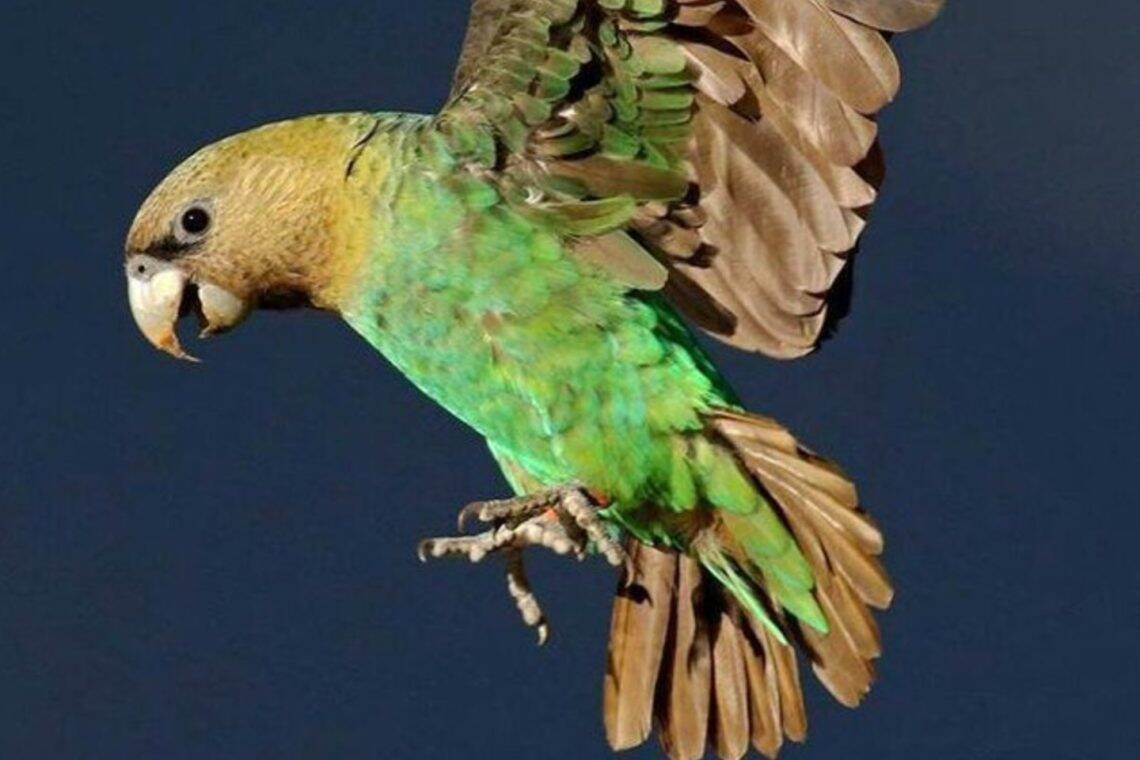In the misty highlands of South Africa’s Eastern Cape, a flash of emerald green darts among ancient Afromontane forests—an increasingly rare sight. The Cape Parrot (Poicephalus robustus) is the country’s only endemic parrot species and one of the continent’s most threatened birds. With fewer than 2,500 individuals estimated globally, this fruit-loving forest dweller teeters on the brink, besieged by habitat loss, invasive species, disease, and climate stress. But hope is taking root—literally—via community stewardship at iZingcuka Nursery, whose tree-planting work is helping stitch together fragmented habitats and rallying families to join the journey of revival.
The Cape Parrot’s Plight and Promise
The Cape Parrot’s distribution is tied to Southern Mistbelt forests spanning parts of the Eastern Cape, KwaZulu-Natal, and Limpopo. It favors mature yellowwood species (e.g. Podocarpus) for both food and nesting in hollows of old trees. Cape Parrot Action Group
Decades of logging, land conversion, and forest fragmentation have severed the continuity of its habitat, leaving small, isolated patches. Invasive alien species like black wattle exacerbate the problem by suppressing native regeneration. Emerging threats pose fresh challenges: the polyphagous shot-hole borer beetle attacks key host trees, and shifting rainfall patterns under climate change may render currently suitable areas less viable. Wild Bird Trust
Disease is another invisible adversary. Psittacine Beak and Feather Disease (PBFD) compromises immune strength, particularly in weaker individuals, pushing them toward malnutrition and mortality. Illegal capture for the pet trade, while less prevalent today, still adds pressure. As an umbrella species, the Cape Parrot’s fate echoes the health of its forested domain—home to scores of other endemic plants and animals.
iZingcuka Nursery: Planting Roots, Restoring Hope
Situated near Hogsback in the Amatola Mountains, iZingcuka Nursery is a vital outpost of the Cape Parrot Project. The nursery partners with local Xhosa farmers and community members to propagate indigenous trees—particularly yellowwood, stinkwood, and other species preferred by parrots.
Beyond seedling cultivation, the project employs restoration tactics: clearing invasive pines and wattles, preparing planting sites, and rehabilitating overrun patches. One documented effort achieved a reduction in invasive cover from ~62% to ~11%, while boosting native vegetation to ~68%. Most recently, the project planted over 10,000 trees across Wolf River sites, forging wildlife corridors that bolster breeding prospects.
A key strength lies in community ownership: the nursery provides seasonal employment (tree planting, maintenance, invasive clearing) for more than 50 locals, weaving economic uplift with restoration. Support from external partners—such as Schenk Sawmills supplying wood for upgraded shelving—has expanded growing capacity. As a volunteer put it, “We’re not just saving birds; we’re reviving forests for generations.”
Linking Local Action with Global Commitments
The Cape Parrot’s resurgence is woven into South Africa’s global biodiversity obligations. As a signatory to the Convention on Biological Diversity, the country prioritizes habitat restoration and species recovery. The Cape Parrot Project’s work dovetails with that vision, leveraging international support via bodies such as the World Parrot Trust and Darwin Initiative.
The parrot is listed under CITES Appendix II, helping regulate international trade, while BirdLife International advocates for its status on global conservation platforms. Together, these agreements channel technical and financial resources to field efforts—turning treaties into real green action in the Eastern Cape.
Family-Friendly Trails & Eco-Picnic Spots
Conservation becomes tangible when families can experience it firsthand. Hogsback is at the heart of Cape Parrot ecotourism: guided birdwatching trails wind through rehabilitated forests. The “40 Hectare Trail,” a gentle ~2-hour loop from Away with the Fairies guesthouse, often offers dawn sightings of parrots among towering yellowwoods. Tours led by the Cape Parrot Project equip children with binoculars and birding apps so they can spot parrots (and allied forest birds). In summer, parrots may flock to nearby pecan orchards—peak sighting season.
For relaxed outings, families can picnic in shady patches like the Hogsback Arboretum or venture further into the Kologha Forest Trails (1–6 km routes) with picnic sites amid monkey-inhabited groves. The Woody Cape Nature Reserve, closer to Port Elizabeth, offers another quiet option—eco picnicking under milkwood trees, scanning for raptors or occasional parrots in forest edges. Birdwatching boat tours on the Sundays River complement terrestrial walks with insights from the waterway corridor.
From Seed to Sky: A Quiet Revival
The Cape Parrot’s story is one of fragility and fierce resolve. It reflects the tireless hands at iZingcuka, the voices of local communities, and the scaffolding of global partnerships. Through habitat restoration, invasive clearing, and nest-site bolstering, these efforts are gradually reknitting forest fabric—one sapling at a time.
Families may take up binoculars on a trail or spread a blanket under a canopy, but the deeper invitation is to become stewards. Every planted seed, shared sighting, and nurtured habitat strengthens the chance that Cape Parrots will not merely survive—but once again thrive in South Africa’s green tapestry.
